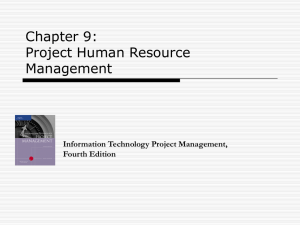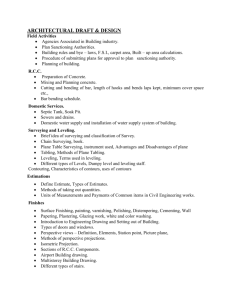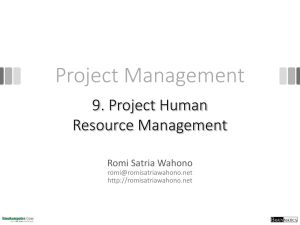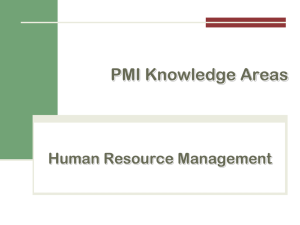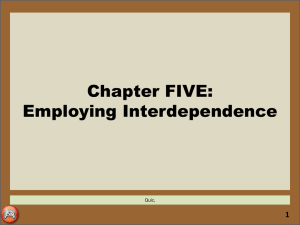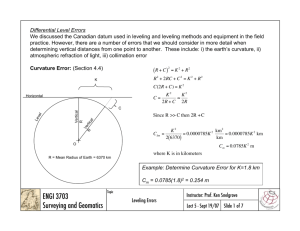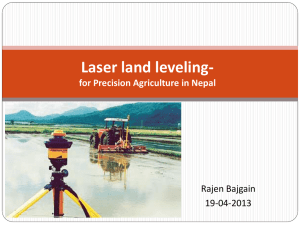Land Leveling - Save Texas Water
advertisement
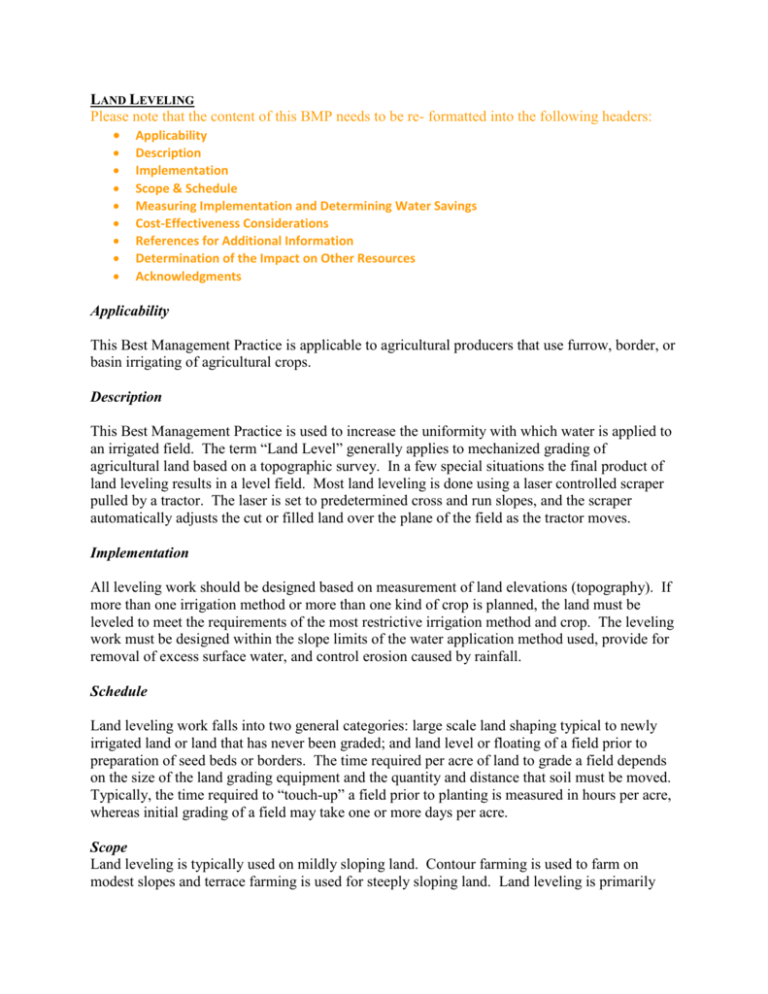
LAND LEVELING Please note that the content of this BMP needs to be re- formatted into the following headers: Applicability Description Implementation Scope & Schedule Measuring Implementation and Determining Water Savings Cost-Effectiveness Considerations References for Additional Information Determination of the Impact on Other Resources Acknowledgments Applicability This Best Management Practice is applicable to agricultural producers that use furrow, border, or basin irrigating of agricultural crops. Description This Best Management Practice is used to increase the uniformity with which water is applied to an irrigated field. The term “Land Level” generally applies to mechanized grading of agricultural land based on a topographic survey. In a few special situations the final product of land leveling results in a level field. Most land leveling is done using a laser controlled scraper pulled by a tractor. The laser is set to predetermined cross and run slopes, and the scraper automatically adjusts the cut or filled land over the plane of the field as the tractor moves. Implementation All leveling work should be designed based on measurement of land elevations (topography). If more than one irrigation method or more than one kind of crop is planned, the land must be leveled to meet the requirements of the most restrictive irrigation method and crop. The leveling work must be designed within the slope limits of the water application method used, provide for removal of excess surface water, and control erosion caused by rainfall. Schedule Land leveling work falls into two general categories: large scale land shaping typical to newly irrigated land or land that has never been graded; and land level or floating of a field prior to preparation of seed beds or borders. The time required per acre of land to grade a field depends on the size of the land grading equipment and the quantity and distance that soil must be moved. Typically, the time required to “touch-up” a field prior to planting is measured in hours per acre, whereas initial grading of a field may take one or more days per acre. Scope Land leveling is typically used on mildly sloping land. Contour farming is used to farm on modest slopes and terrace farming is used for steeply sloping land. Land leveling is primarily used by agricultural producers using surface methods (furrow, border, or basin) to irrigate their fields or by those wishing to improve surface drainage of their non-irrigated field. Documentation The documentation may consist of: Copies of the topographic survey of the land prior to land leveling. Drawings that show the design slopes and field layout after the land leveling work is complete. Annual records of “touch-up” land leveling work by field. Determination of Water Savings The quantity of water that may be saved from land leveling is difficult to estimate. Land leveling is critically important to improving surface irrigation uniformity and application efficiencies. Cost-Effectiveness Considerations The cost of land leveling for new irrigation fields is usually estimated based on the soil type, the cut to fill ratio, and the total number of cubic yards which must be cut. Touch-up land leveling is usually based on a “per acre” or “per hour” rate. Cost per yard of cut varies from approximately $1.50 to $2.50 per cubic yard depending largely on diesel fuel costs. Initial costs per acre for land leveling can range from $150 to $500. Touch up land leveling usually costs less than $50 per acre and most commonly less than $25 per acre. References for Additional Information 1) Conservation Practice Standard for Irrigation Land Leveling (Acre), Code 464, USDA - Natural Resources Conservation Service, , March 2011.
